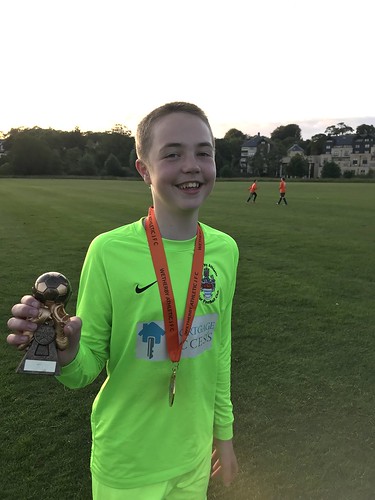 |
| From the press release |
I was fortunate enough to be asked to contribute to the
Lyonesse RPG being issued by the Design Mechanism. I was a latecomer to the trilogy but really enjoyed it when I first read it so I was delighted by the opportunity.
Once I knew I was working on the RPG, I started by re-reading the trilogy. I then listened to the audiobook version (which I wholeheartedly recommend) whilst driving to work. Then I stripped the eBook to a text file and loaded it into a (free) sophisticated web-based text analysis tool called
CATMA. This allows you to highlight blocks of text and assign them to a keyword. You can then run an analysis on that keyword set and export the outcome.
 |
| CATMA front screen showing the core books |
I used two sets of keywords; the character names and the countries for the sections that I was writing. At the end of reviewing the text (which was in effect a third time of reading), I dumped each book's output for each character to an Excel file which I numbered sequentially for the book being analysed. So Dahaut-1 was the references to the country of Dahaut in
Suldrun's Garden and Tatsel-2 was the reference to the character Tatsel in
The Green Pearl.
 |
| Example of the tagging process in CATMA |
Next, I set up some templates in Google Docs that matched the frameworks passed on for the Gazeteer sections. I used Google Docs because I wanted to be able to work on this anywhere, and I wanted to be able to use my Chromebook (as my MacBook was serving as the main family computer due to the iMac GPU dying). I took each Excel file from CATMA, and cut and pasted it into the relevant sections. Once I did that, I planned the outline for each part.
Whilst writing, I had all three books open in a text editor to allow me to check and find references quickly. On the Mac, this was in a different 'Space' so I could just swipe between them. I also printed and comb-bound the CATMA output, the map of the Elder Isles prepared for the game, and things like the family trees scanned from past editions. I found the map and the three books the most useful references.
Whilst writing up the locations, I tended to try and paraphrase and build on Vance's original text where possible to give as much of a flavour of his world as I could. I discovered just how inconsistent he is on locations and genealogy as the story developed (much more than I had realised). This was a challenge to overcome; finding the most sensible answer and making that the way things are. Characters required much more concise writing; I'd read the Vancian text, then write the entry, drawing upon key phrases in descriptions where I could.
The hardest section I found to write was Dahaut; when you analyse the text, a huge amount of the story takes place in that country, even if you exclude the magical Forest of Tantrevalles. The initial cut and paste of the CATMA data spanned fifty pages! Once written, I exported to Word format (using Word on my Mac) and loaded the output to the shared Dropbox folder for review.
Challenges I have had along the way; several serious work incidents that just sucked time away; the loss of my Chromebook for three weeks while Lenovo fixed it; the changes in the youngest child which led to a later bedtime and challenges on getting the time to write with space to think. I find I need to be able to absorb and reflect on the books when I write to get the best out of myself.
 |
| Google Keep (on the right) in use for top level references |
Later changes to the workflow have involved using Google Keep in parallel while writing for references related to that specific document. I use Evernote for my main archive, so this was quite simple as my Keep references are pretty short.
The writing has been done across a number of Chromebooks, Macs and a Windows laptop. On the whole, I preferred the Macs, but the Chromebook was great when I went on holiday.
I'd definitely use this workflow again. CATMA is very powerful; it focuses down really well on the key elements of the text. However, having fully searchable text was almost as useful, as it meant that I could check references really quickly. Once I'd worked out what I was doing with the application, it was quite a swift process to be marking up across all the keywords as I read through Lyonesse's text. It was certainly more practical than using highlighters and post-it notes combined with lists of references, and much more useable once I got to the stage of drawing it all together.
I'm still finishing the last few sections, but what I have seen of my fellow author's work-in-progress makes me very excited for the final product and the gorgeous map is an inspiration.
6 July 2019



















